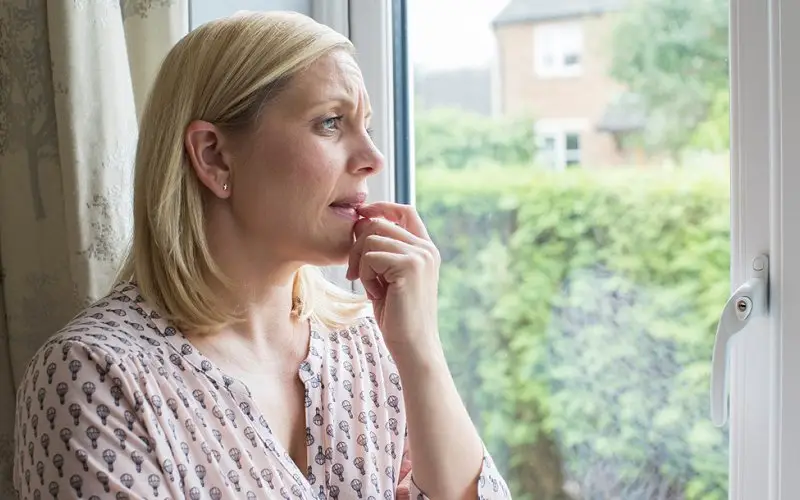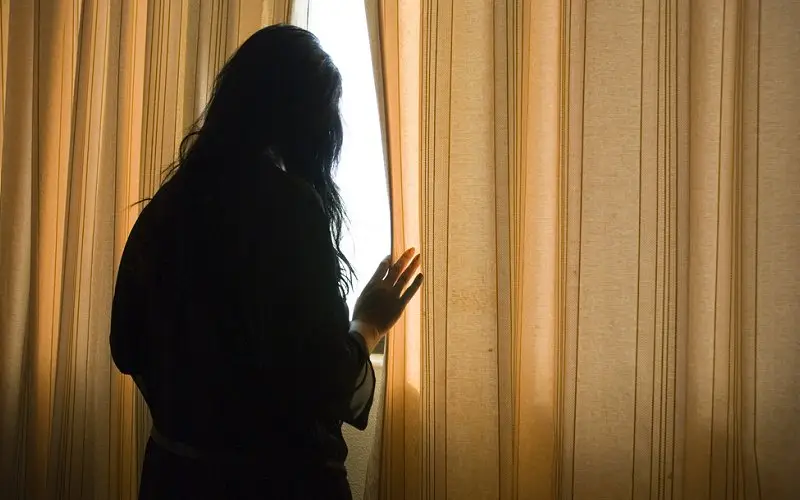What is Agoraphobia?
Agoraphobia is classed as a form of anxiety and refers to the fear of leaving safe environments. In the most extreme cases, for an individual suffering from agoraphobia, that safe environment would be their home. People suffering from severe agoraphobia may not be physically able to leave the safety of their home for months at a time and in some cases – years.
Agoraphobia means to have a ‘fear of the marketplace’, meaning most common places where the public congregate such as shopping centres, schools, sporting fixtures and public transport induce the greatest amounts of fear. However, a location doesn’t necessarily have to be heavily populated for a person suffering from agoraphobia to feel under threat. A peaceful church or an empty park could constitute a hostile environment.
Most people suffering from agoraphobia will begin by experiencing mild feelings of anxiety about an upcoming event or place, with that level of anxiety manifesting into a generalised fear of public places. It’s widely regarded by mental health experts that the source of agoraphobia stems from the fear of the mental and physical stress, which can be accompanied by the anxiety of losing control or embarrassing oneself in public. For an individual with agoraphobia the idea of visiting an ‘unsafe’ environment poses the risk of triggering high levels of anxiety or a severe panic attack.
What are the signs and symptoms of Agoraphobia?

The signs and symptoms of agoraphobia can include the following:
- Loss of self-confidence and low self-esteem
- Being unwilling to leave the house or go anywhere unfamiliar
- Suffering from anxiety whenever visiting a place viewed as ‘unsafe’
- Symptoms of high levels of anxiety and/or panic attacks with symptoms of sweating, increased heart rate, dizziness, shortness of breath, nausea and extreme levels of fear or dread
- Depression
While it is not uncommon to feel apprehensive or nervous about visiting large public places occasionally, recognising the signs of a more significant issue and seeking appropriate help will lead to a more manageable and positive outcome long-term.
How common is Agoraphobia?
Agoraphobia can begin in childhood, but usually starts in the late teen or early adult years — usually before age 35 — but older adults can also develop it. Women are diagnosed with agoraphobia more often than men are.
Forms of panic disorder such as agoraphobia is estimated to affect one to two percent of the population each year.
What are the causes and complications of Agoraphobia?

Most cases of agoraphobia develop as a complication of a panic disorder. Instances where an individual suffers a panic attack in a certain situation or environment, can lead to that person avoiding any future situations or environments that may trigger the same sense of panic.
In other cases, agoraphobia can result from a stressful event such as the loss of employment or the end of a relationship. If someone suffers from isolation and distress for a significant period of time they can begin to consciously avoid people and public places. Over time this avoidance can manifest into agoraphobia, as more public places are deemed ‘out of bonds’, resulting in their home being the only ‘safe’ space.
If left untreated, agoraphobia can significantly impact the quality of a person’s life.
Some of the complications associated with agoraphobia are as follows:
- Financial loss and hardship, social isolation and loneliness which may lead to depression
- Agoraphobia can greatly limit your life’s activities. If your agoraphobia is severe, you may not even be able to leave your home. Without treatment, some people become housebound for years.
- You may not be able to visit with family and friends, go to school or work, run errands, or take part in other normal daily activities.
- You may become dependent on others for help.
- Most sufferers of agoraphobia understand that their fears are irrational but still feel powerless to overcome their fears. This lack of power can lead to anger as well as further diminish their confidence and self-esteem.
- Self-medication as a coping mechanism: suffers of agoraphobia run the risk of self-medicating with comfort eating, drugs and alcohol – which run the risk of further health complications.
Agoraphobia can also lead to or be associated with other mental health disorders, including other anxiety disorders or personality disorders, therefore it’s vital to seek professional help.
Get Help for Agoraphobia
We recognise the unique qualities of all our clients and our clinical team will work with you to personalise the best possible options for your care and desired outcomes.
Contact us today to find out how we can help change your life.
Next Steps
Your first step is to get in contact with us.
We look forward to helping you live a much richer, happier, healthier life.









